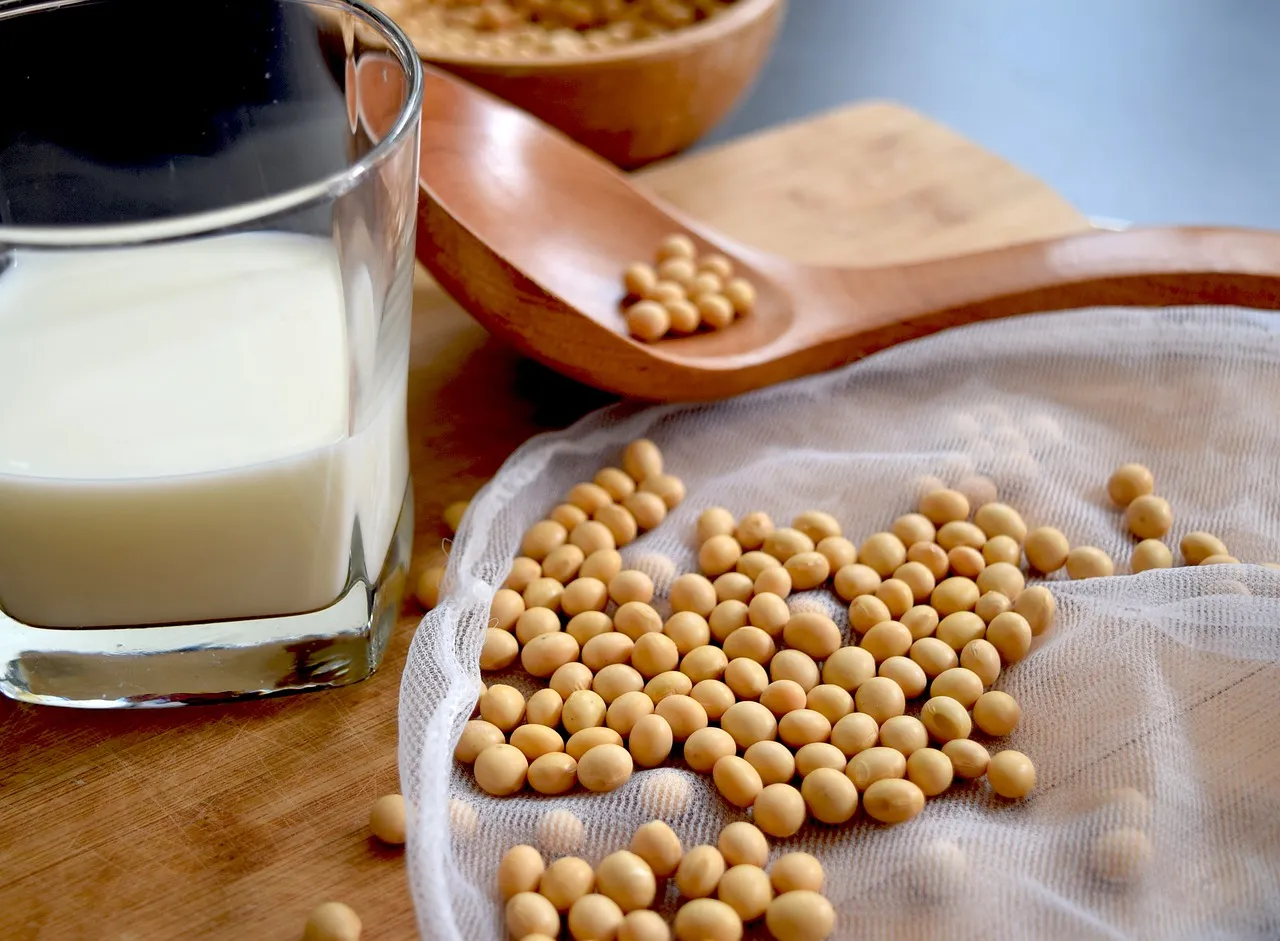What is the estrogen receptor? How do estrogens work at the molecular level, and why the heck is all that necessary?
This is an adapted English version of a recent german post. Thanks for the patience.

Venus, the Latin godess of feminity (as depicted by Botticelli), surely had enough estrogens. Source: Dave Pape, CC BY 2.0
Intro
Over the last weeks, I wrote several posts on soy isoflavones, which act as xenoestrogens (xeno = greek for "foreign, alien"). This was not really planned, but rather a spontaneous reaction to my reader's comments. I realized xenoestrogens and related health effects are a hot topic not only among toxicologists, but also for fellow steemians, so I decided to dedicate some more posts to this field, and also mention a few other compounds influence the human hormone balance - our so-called endocrine system, like plasticizers etc.
But before I can start with that, I have to do what I should have done right in the beginning. And thus, this post is aiming at giving you a somewhat dry, but (I hope) also interesting introduction into the molecular-biological concept of how estrogens are working.
Hey, ho, let's go!
Estrogens
We all know that men and women are not equal - at least from a biological point of view. To be exact, we differ in one of 46 chromosomes, the famous X/Y distinction, that causes us to form different sex organs and body functions.
Sex hormones act as messengers for the development and maintainance of these differences. Those are members of the chemical class of steroids that are produced in our gonads and adrenal glands. Steroids that are predominantly produced by males (e.g. testosterone) are called androgens, while those mostly produced by females are called estrogens.
However, it is important to know that estrogens are also produced by men - albeit in lower amounts. So there is no exclusiveness, bust just a huge difference in concentration, and the popular term "female sex hormones" is only half true.

The chemical structure of 17β-estradiol (E2), THE estrogen. Source: wiki, licence free
The human body produces mainly three natural estrogens: estrone, estriol and of course estradiol, which correctly should be called 17β-estradiol, is commonly abbreviated with "E2" and is the signature compound (=the most important representative) of that chemical class.
How do estrogens work?
The estrogen receptor
Most of the biological activity of estrogens is mediated via specific enzymes, the estrogen receptors (ERs). Those receptors are spread over our whole body in lots of different tissues, but they occur particularly concentrated in both primary (ovaries, uterus, vagina) and secondary (breast) female sex organs.
ERs occur in two forms: the ER-α and the ER-β, which have distinct funcions and are expressed in different organs. But to keep it simple, we'll ignore this for now.
They both work very similar: At the receptor there is a pocket, like a molecular lock. Molecules with a certain size, structure and charge can fit into this pocket. In this case, that's obviously our natural estrogens, which act like the perfect key to this lock.
If an estrogen meets an ER, the "key" enters the "lock" and the receptor is activated, which manifests in chemical modifications of the receptor, so-called phosphorylation at certain sites. When this happens, the ER "dimerizes", which means he teams up with a second activated ER, and travels from his original location, the cytoplasm, into the cell nucleus, where our genes are stored.
The estrogen responsive element
Genes are pieces of DNA that code for a certain protein. You could call them the binary code of life.
But not the the whole gene codes for a protein. At the beginning of a gene, there's the so-called "promoter region", which - simply put - determines whether a gene is switched on or off.
One particular DNA sequence that is occuring in the promoter regions of certain genes is called the estrogen responsive element (ERE). When an activated pair of ERs travels to the nucleus, it binds to exactly this element, which in turn switches the following gene on. The protein that this gene codes for is then produced (i.e. "expressed") by the cell.
Effects
The ERE is part of many genes whose coded proteins are associated with cell growth and differentiation. Thus, estrogens ultimatly cause cells which carry a lot of ERs to grow faster and to specialize.
Via this pathway E2 and others are responsible for the development, but also for the ongoing capability of the female sex organs.
The level of estrogens is not constant. There are big differences from woman to woman and it decreases with age, but also, it fluctuates with the menstrual cycle. The highest concentration (~4x normal) of estrogens can be measured shortly before the ovulation, that is caused by the rising E2. And during pregnancy the estrogen level can rise up to 100x the normal concentrations.
In men, that also have a certain (much lower) level of circulating estrogens, E2 is e.g. essential for the production of sperm.
Disturbing the hormone balance
After you know are roughly aware of how the whole system works, you should be able to have an educated guess in what problems may arise when this sensitive balance of hormones is disturbed.
If this happens over long periods in childhood or adolescence, it can lead to incorrect developments and malfunctions of reproductive organs. Infertility in both sexes, embryonal aberrations, but also less severe symptoms like vaginal dryness, listlessness and a collection of pychic effects are also possible and described in scientific literature.
Such Problems can be caused both genetically and through environmental influences. In the latter case xenoestrogens - chemicals that are not produced by humans, but also to some extent fit into the "lock" of the ERs and thus are able to activate them - enter the picture. If those are taken up, e.g. nutritionally, this might lead to toxic effects (we call every adverse effect on our body that was cause by a chemical "toxic"). A compound, that is not only able to activate the ER, but also verifiably leads to negative health effects by disturbing the hormone balance is called endocrine disruptor, by the way.

My regular readers already know that soy isoflavones are endocrine disruptors. Source: pixabay, CC0*
Which other endocrine disruptors are known, how dangerous they are and how we can protect ourselves and our children will be explained in my next articles.
Sources:
I work with phyto- and mycoestrogens myself in a scientific lab. Thus, I have to admit that I wrote most of the information in this post from my memory, and didn't look up much. However, if you are interested, you can find all this and much much more in the following places (feel also free to cross-check me):
Wikipedia: sex steroids
Wikipedia: estrogens
Wikipedia: estrogen receptors
Wikipedia: endocrine disruptors
Toxikologie: Eine Einführung für Chemiker, Biologen und Pharmazeuten. Book by Prof. W. Dekant
Disclaimer: In my blog, I'm stating my honest opinion as a researcher, not less and not more. Sometimes I make errors. Discuss and disagree with me - if you are bringing the better arguments, I might rethink.